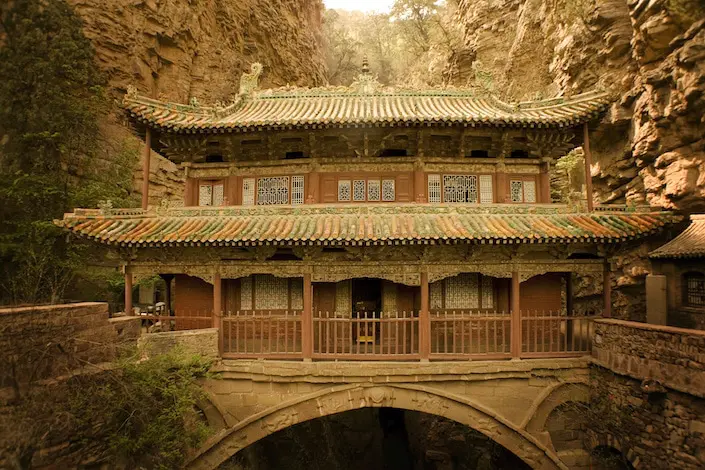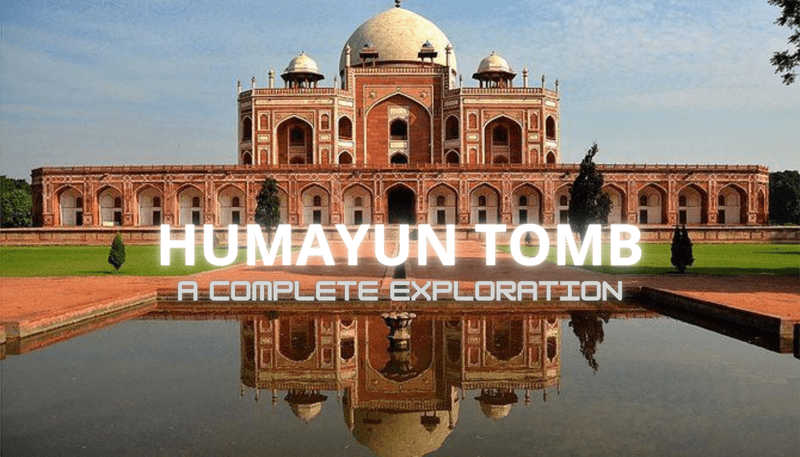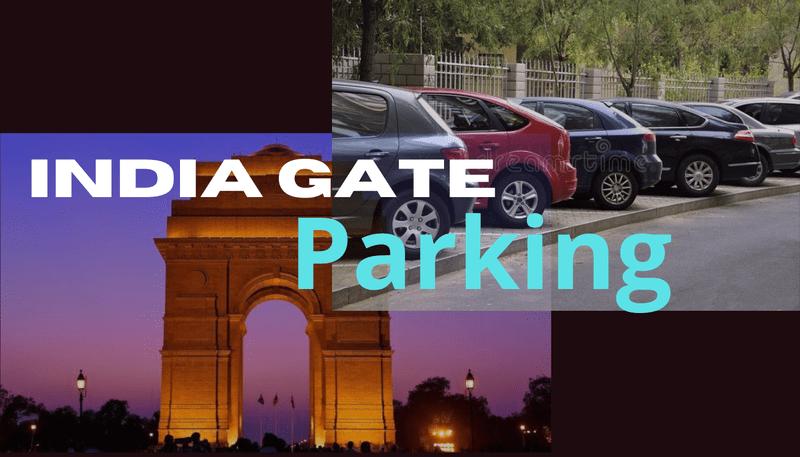Delhi Culture, the heart of India, is not just the nation’s capital but a melting pot where ancient traditions seamlessly blend with contemporary lifestyles. From its historical monuments to vibrant festivals and bustling streets, Delhi’s culture offers a unique fusion of the old and the new. This cultural richness, backed by centuries of history, makes the city a true reflection of India’s diverse heritage. As a cultural hub, Delhi stands as a testament to the country’s evolution while staying deeply rooted in its traditions.
History and Heritage The Legacy of Delhi Culture
Delhi’s history spans thousands of years, transforming from ancient settlements to the capital of India. The city has been the seat of several empires, most notably the Mughals, whose influence on Delhi’s architecture and culture remains evident today.
Delhi is home to several UNESCO World Heritage Sites which are The Red Fort, built in 1639 by Mughal emperor Shah Jahan, is a symbol of Mughal grandeur. It holds a significant place in India’s independence movement and continues to draw millions of tourists every year. Another historical gem is Humayun’s Tomb, constructed in 1570. This stunning structure was the first garden-tomb in India and served as an inspiration for the iconic Taj Mahal.
Then there’s the Qutub Minar, which dates back to 1192. Standing at 72.5 meters, it is the tallest brick minaret in the world and a brilliant example of early Indo-Islamic architecture. These monuments attract millions of visitors each year. As a result, they showcase Delhi culture’s deep connection to history. Furthermore, they highlight how the city continues to embrace its historical roots while evolving into a modern-day metropolis.
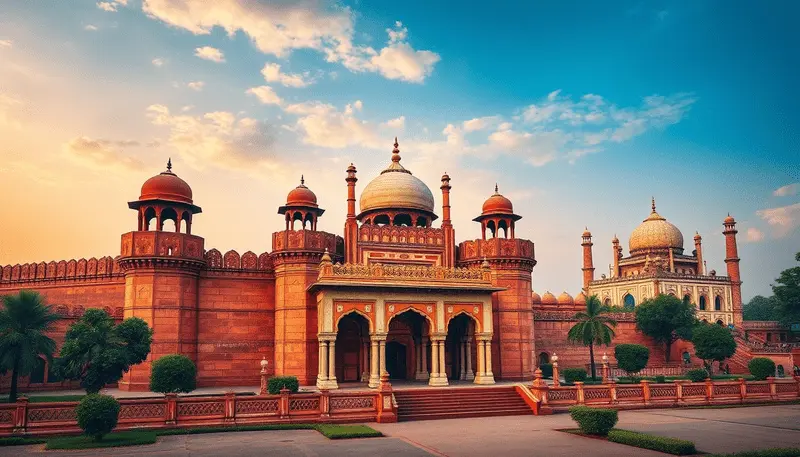
Languages Spoken in Delhi A Tapestry of Diversity
Delhi’s cultural diversity is also reflected in the variety of languages spoken. Hindi is the official language, widely spoken by over 80% of the population. However, the city’s cosmopolitan nature means that multiple languages coexist.English is the second official language in Delhi. It’s commonly used in business, education, and administration. Urdu holds significance due to its historical connection to Delhi’s Mughal past, and many people still speak it today. Additionally, Punjabi is widely spoken, thanks to Delhi’s proximity to Punjab and its large Punjabi population. This blend of languages highlights the diverse linguistic landscape that enriches Delhi culture. This linguistic diversity demonstrates the city’s ability to embrace multiple identities, reflecting its cultural openness and inclusivity.
Festivals in Delhi Culture Celebration of Unity in Diversity
Delhi Culture celebrates festivals from all religions with grandeur, reflecting the city’s multi-cultural ethos. Some of the most popular festivals include:
- Diwali: Known as the festival of lights, Diwali is one of the most significant Hindu festivals. The entire city lights up with fireworks, decorative lights, and special prayers in temples.
- Eid: Delhi’s Jama Masjid becomes the center of celebrations during Eid. Muslims across the city gather to offer prayers and enjoy festive feasts with family and friends.
- Holi: The festival of colors is celebrated with much enthusiasm, with people throwing colored powders at each other in streets and parks across the city.
- Durga Puja: Popular among the Bengali community, Durga Puja involves elaborate rituals, cultural performances, and beautifully crafted idols of Goddess Durga. Also learn about Janmashtami Rangoli.
Each festival brings together people of different communities, highlighting the city’s harmony in diversity. This shows the symbol of Unity in Delhi Culture.
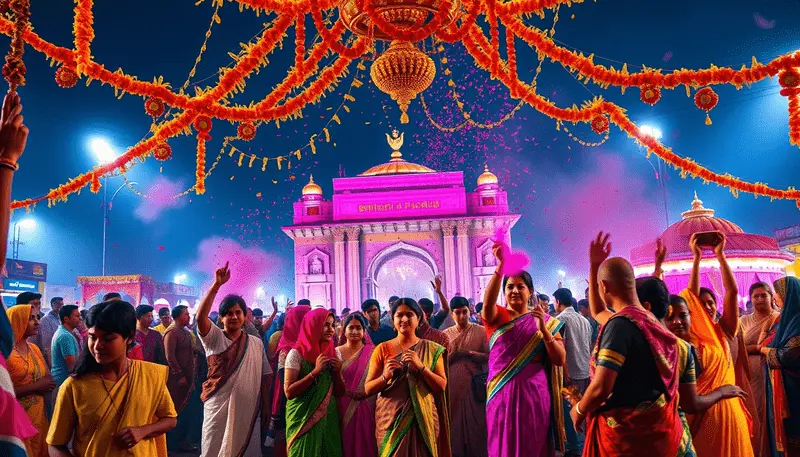
Art, Music, and Dance in Delhi Culture Extravaganza
Delhi’s cultural scene is vibrant and ever-evolving. From classical forms to contemporary performances, the city is a hub for art, music, and dance. The India Habitat Centre is a must-visit for art lovers. It’s famous for its art exhibitions, music concerts, and various cultural events. Then, there’s Dilli Haat. This vibrant open-air market celebrates India’s handicrafts, traditional dances, and music. It offers a beautiful glimpse into the country’s rich cultural heritage. Delhi culture hosts several music festivals and dance performances, including the Delhi Classical Music Festival and the National Dance Festival. These events attract thousands of attendees every year, highlighting the vibrancy of Delhi culture. Explore Oceans Calling Festival.
Delhi Culture and Traditions
Delhi’s culture and traditions are a vibrant mix of old and new. The city embraces its rich historical past while moving forward with modern influences. Ancient monuments like the Red Fort and Humayun’s Tomb stand as reminders of its glorious Mughal era. Delhi culture celebrates festivals like Diwali, Eid, Holi, and Durga Puja with great enthusiasm. These vibrant events bring together people from all walks of life, showcasing the rich diversity of Delhi culture. Delhi’s food culture, with dishes like chole bhature and kebabs, showcases its diverse culinary heritage.
The city’s art scene thrives with classical music performances and modern street art. Venues like the India Habitat Centre host cultural events, while markets like Dilli Haat celebrate traditional crafts and performances. Despite its historical roots, Delhi keeps up with contemporary trends in fashion, nightlife, and innovation, creating a perfect balance between tradition and modernity. Learn about Agra Fort.
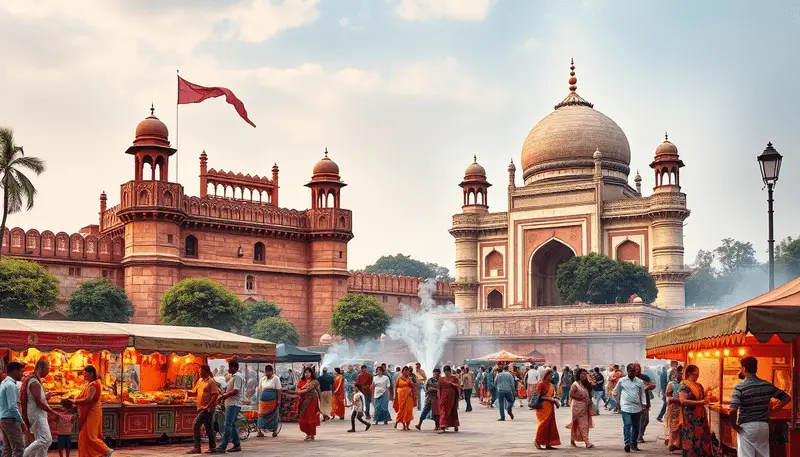
Delhi’s Food Culture A Culinary Paradise
Delhi’s food scene is as diverse as its culture, offering a mix of traditional street food and fine dining. Whether it’s the narrow lanes of Chandni Chowk or upscale restaurants in Connaught Place, food in Delhi is an experience in itself.
Chole Bhature is a beloved North Indian dish. It’s often enjoyed for breakfast, offering a spicy and tangy flavor that delights the taste buds. Then, there are the kebabs. These succulent pieces of meat show Delhi’s deep Mughal influence. You’ll find the best kebabs in Old Delhi, especially around Jama Masjid. Another must-try is the parathas. Head to Paranthe Wali Gali in Chandni Chowk, where you can savor stuffed parathas that are simply unforgettable. Delhi culture shines through in this delicious experience, making it a must-visit for food lovers. With over 15,000 food joints, Delhi is a food lover’s paradise, offering everything from traditional dishes to global cuisines.
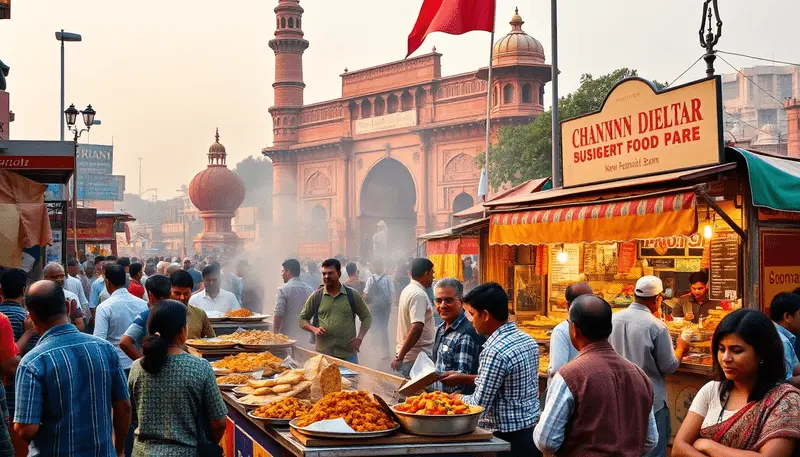
Modern Delhi Fashion, Nightlife, and Innovation
Delhi is not just a city of history and tradition; it has rapidly embraced modernity. The city’s fashion scene is thriving, with numerous designers and fashion weeks putting Delhi on the global fashion map. Shopping hubs like Connaught Place, Dilli Haat, and Select Citywalk offer everything from luxury brands to traditional crafts. These makes Delhi Culture Unique.
- Nightlife: Delhi’s nightlife is vibrant, with nightclubs, pubs, and rooftop bars attracting the younger crowd. Hauz Khas Village and Connaught Place are two popular areas for nightlife enthusiasts.
Innovation is also at the forefront, with Delhi being a major hub for startups and technological advancements. In 2023, Delhi Culture attracted over 3 million tourists, many of whom come not only for its historical sites but also to experience the modern lifestyle it offers.
Conclusion
Delhi culture is a beautiful fusion of the ancient and the contemporary. From historical monuments to modern-day innovations, the city continues to thrive as a cultural hub. Whether it’s exploring Delhi’s rich heritage, enjoying its vibrant festivals, or indulging in its diverse cuisine, there’s something for everyone in this magnificent city.

